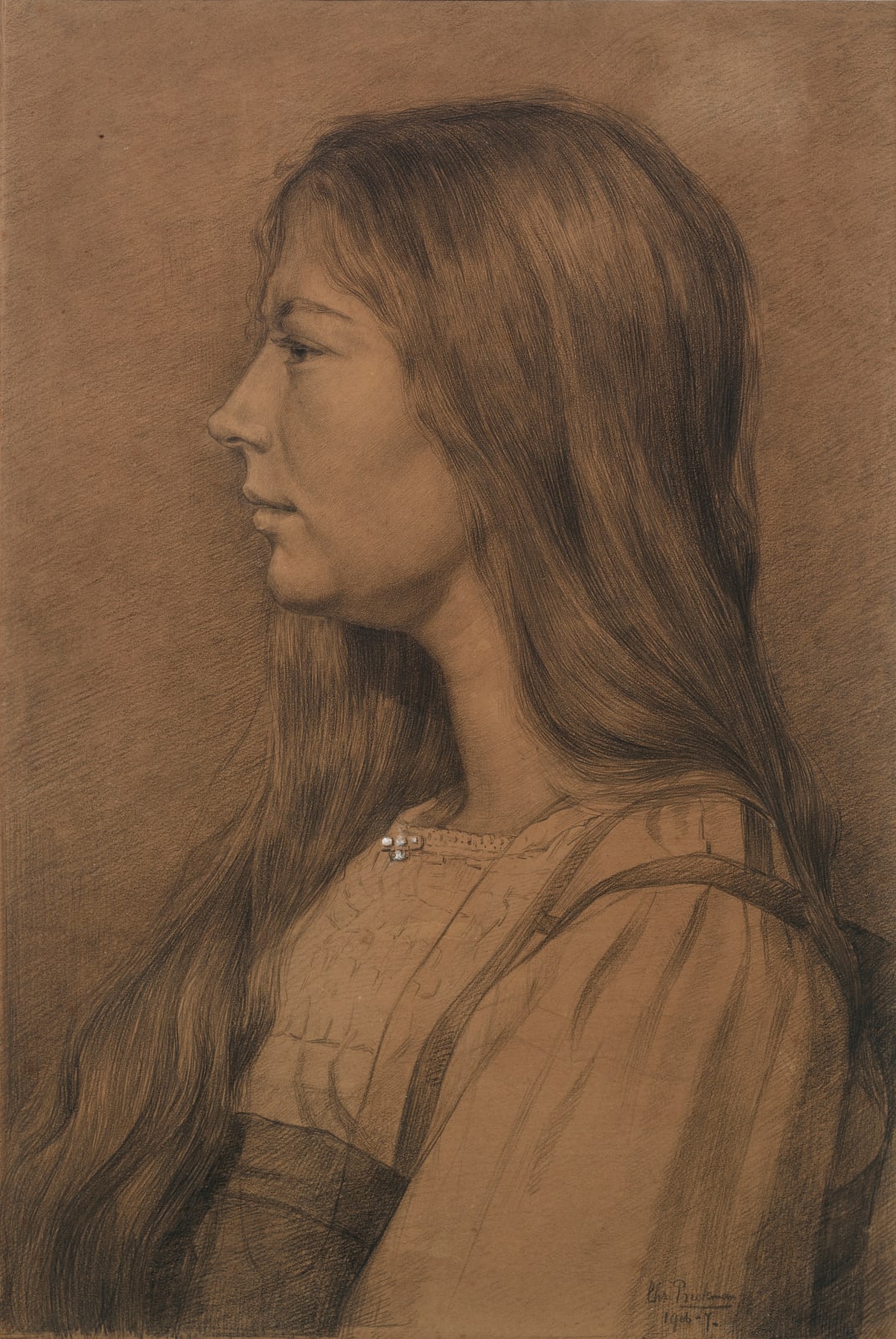Chris Beekman (1887-1964)
Politicized at the early age of thirteen as a worker in the porcelain factory Rozenburg in The Hague, Chris Beekman elevated the hardship of laborers throughout his career. Although the factory’s artistic output around 1900 is at the height of Art Nouveau design in the Netherlands, Beekman, influenced by artists such as Théophile Steinlen and Vincent van Gogh, chose to depict the vagabonds and the destitute of everyday life in his own work. The artistic milieu at Rozenburg, where he would remain employed until 1909, surely introduced him to the fashionable artists at the time. Artists active in The Hague at the time such as Breitner and Toorop and his teacher Willem Bastiaan Tholen all greatly influenced the young Beekman. It was not until Beekman met the most influential H.P. Bremmer, advisor to Hélène Kröller-Müller, in 1913, that his career as an artist was solidified. Bremmer, an early supporter of Van Gogh, bought fifty drawings by Beekman and placed over one-hundred works in the collection of the Kröller-Müller Museum. Rarely do works appear on the art market.
Venturing into abstraction in 1917 as an important contributor to the avant-garde collective De Stijl, Beekman’s reputation was soon overshadowed by its most zealous members, Theo van Doesburg, Piet Mondriaan and Gerrit Rietveld, after his return to realism in 1922. In fact, he had already parted from the De Stijl in 1919, after Van Doesburg accused him of politicizing the movement.
In 1926, Beekman moved to Amsterdam. The turbulent times of the interbellum, marked by the emergence of fascism, the founding of the Dutch Communist Party and the crash of the stock exchange in 1929 triggering the Great Depression, Beekman decided to create art with an appeal to mass audiences. Sympathetic to the social struggles of the labor movement, Beekman rejected abstraction altogether. Avant-garde tendencies were now replaced by a realistic style to depict the Amsterdam laborers and unemployed, coming full circle to the beginning of his career.




